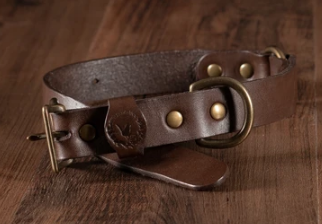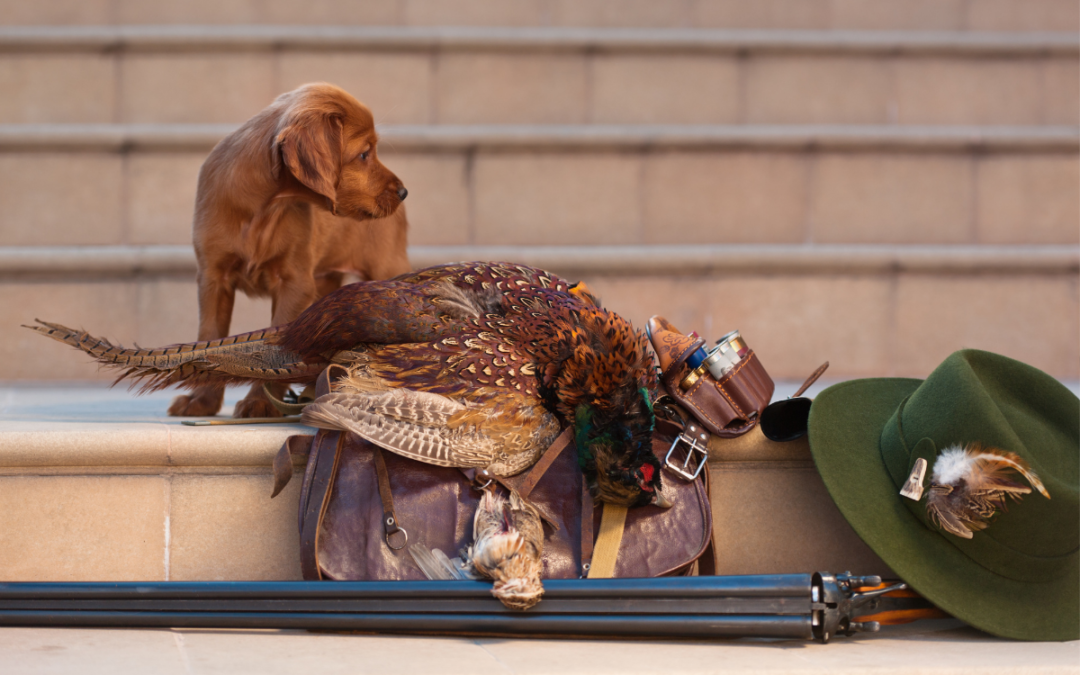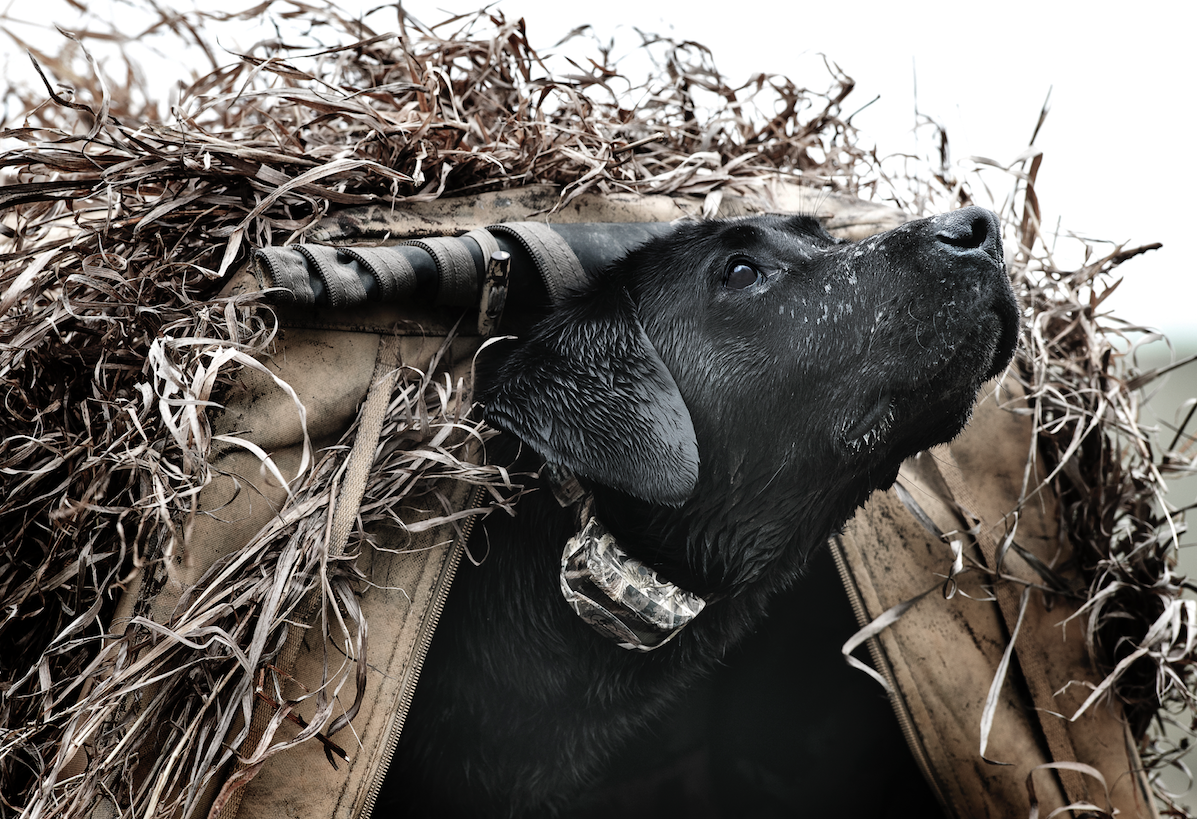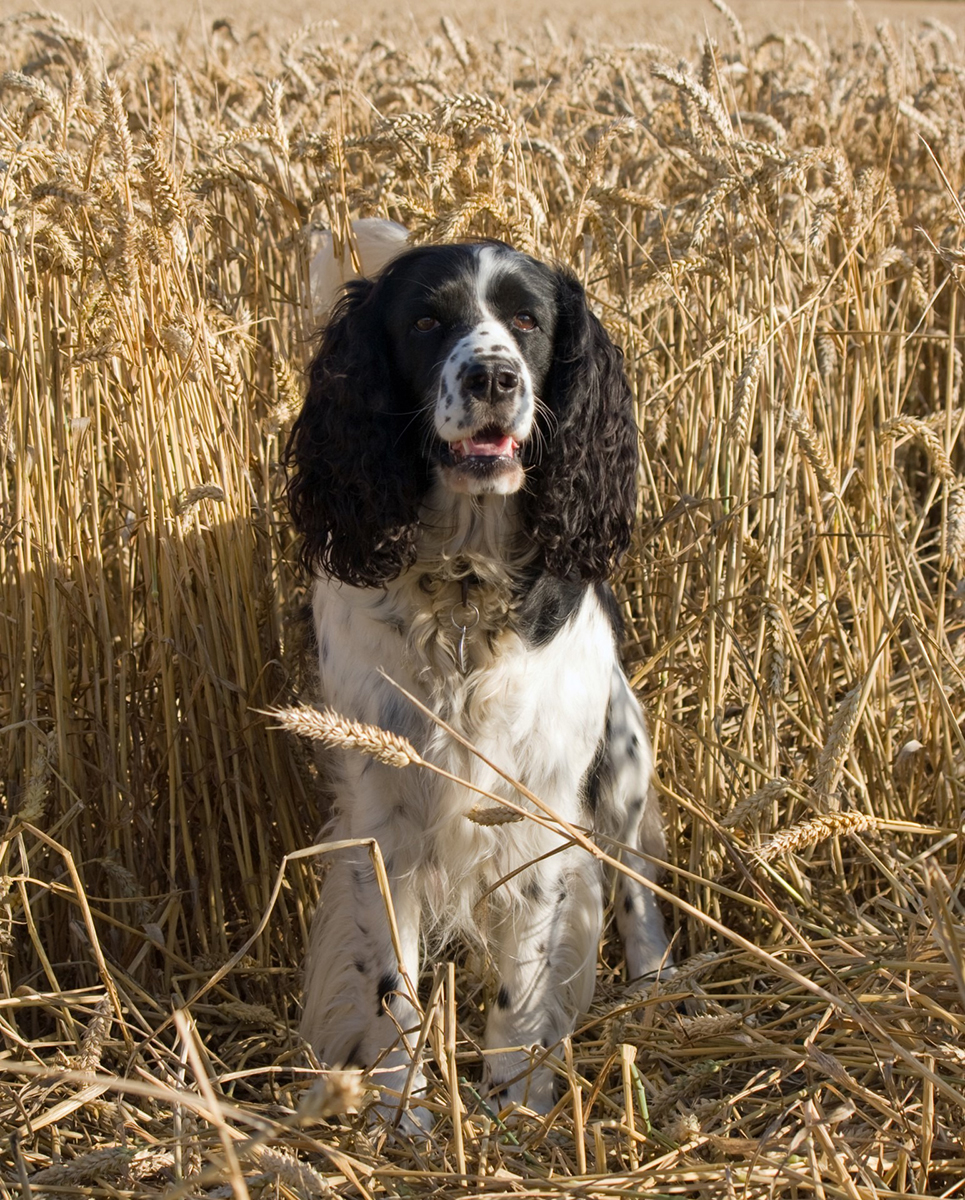I never know which dogs will develop the fear of guns, so I need to ensure that it does not happen to the dogs I train at Craney Hill Kennels. Here’s how.
There are many ways that people introduce their dog to the gun. Many people will bang pots and pans while feeding; others will fire a gun while feeding and still others will take the dog to a gun range. While I agree this sometimes works, I don’t think it is the best way to introduce the gun.
Dogs are predisposed to a fear of loud noises. It is a genetic survival trait that every dog has in them, though it manifests itself in only some dogs. I never know which dogs will develop the fear, so I need to ensure that it does not happen to the dogs I train at Craney Hill Kennels.
How to Introduce Your Dog to the Gun
Use a Bird
A fear of the gun is generally created by man. Therefore, we use a bird to introduce the dog to the gun. We have spent all summer making the dog crazy for birds, so why not use what it wants as an enticement?
We start the gun introduction when our puppy is aggressively chasing birds. This may mean that the puppy is chasing for 200 yards or 50 yards. The point is that it must be chasing aggressively. Some dogs will not chase a lot; that’s fine, as long as they are showing that they really want the bird for the short time that they chase.
Try Using a Clip-winged Pigeon
When training the puppy, we use a clip-winged pigeon (one that will sail in the air but will not fly away) because I have never seen my training partners miss a bird. Actually, they have hit about 100 straight without a miss and we do not want to break his streak. The assistant will stand approximately 100 yards away with a blank pistol that is shooting crimps. I will tease the puppy with the bird and throw it in the opposite direction from the gun. Just as the bird is about to hit the ground — and, if the puppy is chasing it — I will raise my hand and shoot the blank pistol.
The easiest thing is for the gun to stay where he is and for me to move closer. Depending on how the puppy is doing, I will generally move about ten yards closer and repeat the process until I am standing next to the gun. While completing this process I will mix in a bunch of throws with no shot so that I can assess how the puppy is doing.
That is essentially the process. When the puppy is comfortable with the blank gun we can start the process over with a .410, then a 28 and 20 gauge. This is where we generally stop the process.
Start with 20 Gauge and a Single Shot
As a “built-in” precaution, we hunt the young dogs with only a 20 gauge and only a single shot for the entire first season. There is no need to do this, as you can also do the gun introduction with a 12 gauge. However, I am paranoid and don’t ever want to have a gun issue with our dogs.
Also, more dogs become gun shy with a second and third shot as compared with the first shot, so we hunt the entire first season with only one shell in the gun.
Err on the Side of Caution
Do not trust your friends that they will only fire once because they will not. It is not that they are intentionally trying to ruin your dog; it is that they subconsciously do not care about your dog. They want to shoot the bird, and if they miss on the first shot they will instinctively fire the second shot.
This is why we use clip-winged pigeons to start because the gun cannot miss — the bird always comes down. It is also why a dove shoot, duck blind or pheasant drive is so dangerous for a young dog. Repeated gun fire without the positive association is detrimental, but if you err on the side of caution you will be fine.
Note: Todd Agnew has been training field bred spaniels since 1997. He participates in spaniel field trials and hunt tests in both the United States and Canada, guides hunters for wild gamebirds, and is a professional dog trainer that firmly believes in the value of exposing hunting dogs to wild gamebirds. “If a dog can produce the wild bird that the fox, coyote, weasel and hawk missed, then they would be of a caliber that any hunter would be proud to own.”
Todd has won and placed in numerous spaniel field trials. He has developed numerous dogs that have won and placed in spaniel field trials and passed spaniel hunt tests. More importantly, he has produced and help train numerous shooting dogs that please their owners.
 One of the best ways to conserve the game we hunt is with a well-trained retriever. At Wren & Ivy our four-legged partners are equal members of the hunting party, which is why they deserve the best gear we can find. The Whiskey Dog Collar is constructed of vegetable tanned bridle leather and solid brass hardware and has two brass rings for attaching leads or leashes. As with all Wren & Ivy Sporting and Travel Gear, monogramming is included. Limited lifetime guarantee. Buy Now
One of the best ways to conserve the game we hunt is with a well-trained retriever. At Wren & Ivy our four-legged partners are equal members of the hunting party, which is why they deserve the best gear we can find. The Whiskey Dog Collar is constructed of vegetable tanned bridle leather and solid brass hardware and has two brass rings for attaching leads or leashes. As with all Wren & Ivy Sporting and Travel Gear, monogramming is included. Limited lifetime guarantee. Buy Now




